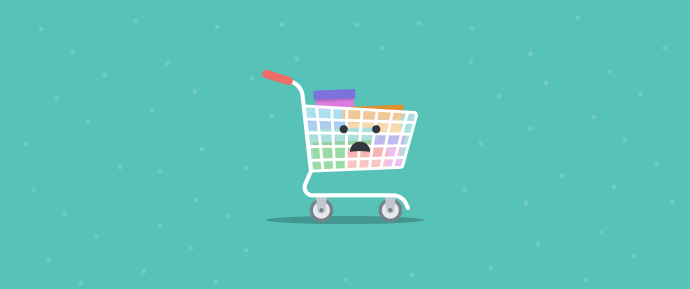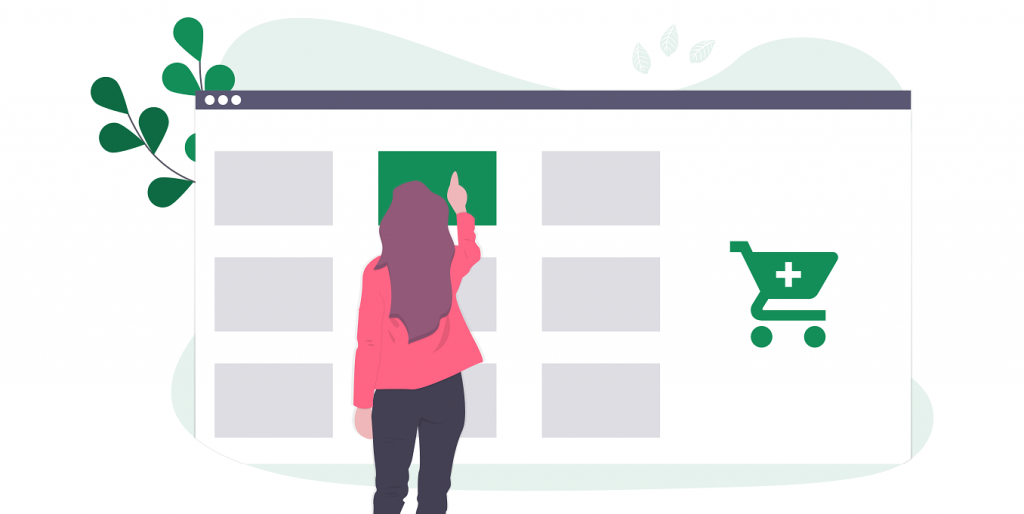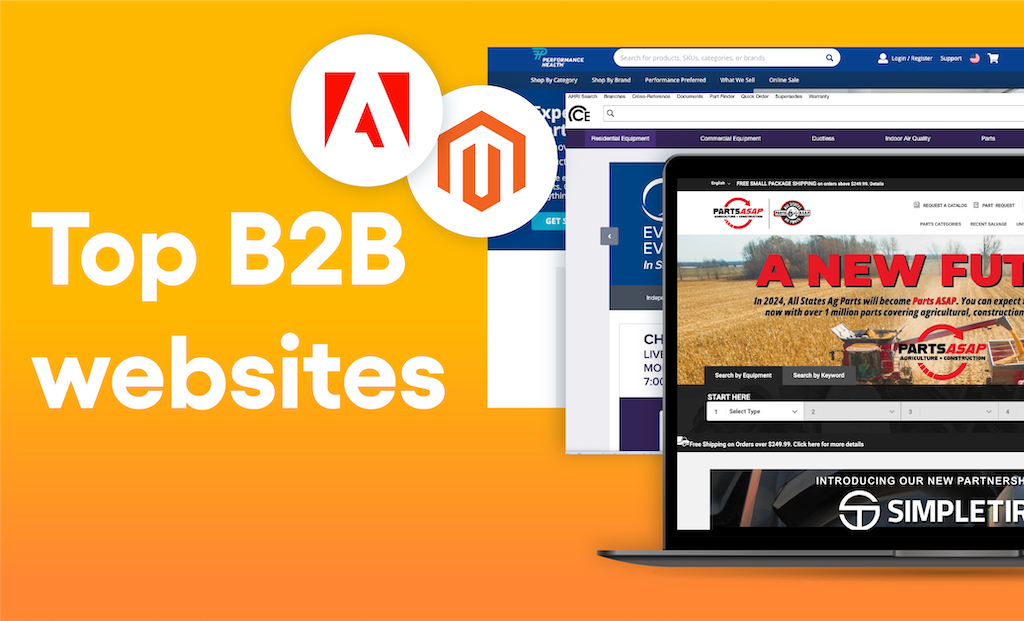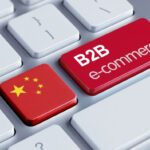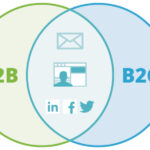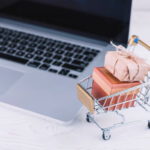Digitalization is becoming increasingly popular, and millennial users have steadily become the new backbone of B2B procurement. Meanwhile, traditional manufacturing has awoken to the possibilities and opportunities presented by B2B eCommerce. But as B2B eCommerce becomes increasingly mature and content increasingly professional, how can companies best seize these business opportunities and drive sales? Here we go over six ways in which you can enhance your B2B eCommerce sales success by engaging users.
Welcome Emails
Welcome emails have been shown in studies to yield the highest level of user interaction - with users reading over 40% of brand information sent to them in the 180 days following receiving a welcome email. The welcome email process can be broken down into three stages:
- Initial welcome email, welcoming new users to the brand or service.
- Follow-up emails that aim to build trust and enhance the brand.
- Personalized recommendations or offers unique to signed-up users, to give the brand further value and make the user feel closer to it.
Abandoned Shopping Cart
B2B eCommerce users are savvy and perfectly happy to shop around for the best deal, widest product selection, and optimal service package. This can result in them leaving your website with products left in the cart as they seek further product or package information on other sites - and they may forget to return even if they fail to find a better deal elsewhere.
In order to combat this kind of passive buyer-loss, using abandoned cart email reminders can help retain such users. Studies show that such emails have a 40% open rate and a 28% conversion rate. Additionally, offering free product samples (with no shipping fee) and product description manuals can help sweeten the deal for users who are still undecided between your brand and another, or just hesitating on the purchase in general.
Restocking and Arrival Reminders
Emails alerting customers that previously out-of-stock items have been restocked, or previously unstocked or unavailable items have now arrived are efficient ways of building customer loyalty and keeping users engaged.
Personalized, targeted restocking and arrival reminder emails have been observed hitting open rates of over 50%. Additionally, these can be further enhanced by providing personalized discounts at the same time, tailored through tracking user shopping behavior to the specific interests of the user in question.
Focus on Content
Traditionally B2B transactions have been closely tied to the efforts of individual salespeople. However, research shows that 47% of B2B buyers now prefer to browse 3-5 pieces of relevant content before reaching out to a sales representative. To enhance your brand’s appeal in this content-research stage, prioritize the following:
- Product Description: Clear, concise product descriptions can help users understand the product at a glance, saving their time and enhancing the brand’s professionalism.
- User-Generated Content: Comments or reviews sections can enhance user engagement and enhance user trust in your brand.
- Blog and Downloads: A regularly updated blog can increase user return visits, and in combination with downloadable resources enhance your brand’s image.
Social Media
Even users who have not yet made a purchase can become an asset if you guide them to your social media presence and engage them in sharing content and information. To go deeper, you can even invite ‘brand advocates’ to act as social ambassadors on behalf of your brand.
Waking up ‘Sleeping’ Users
‘Sleeping’ users refers to two groups - visitors who never ended up making a purchase, and users who have stopped making purchases.
- Never-purchasers: These users are generally unmoved by emotive or familiar-seeming brand communication. Personalized marketing also has a limited effect because they have usually given very little meaningful data about themselves and may not actually be at all interested. The best results generally come from clear, direct communication that directs them to an action with some kind of hook, such as offering discounts or offers, but even these have fairly low success rates.
- Previously-purchased: For users who have previously made purchases but are currently no longer doing so, the opposite is true - personalized, more familiar and emotional brand communication tends to be more effective, reminding them of the previous customer relationship they once engaged in.


